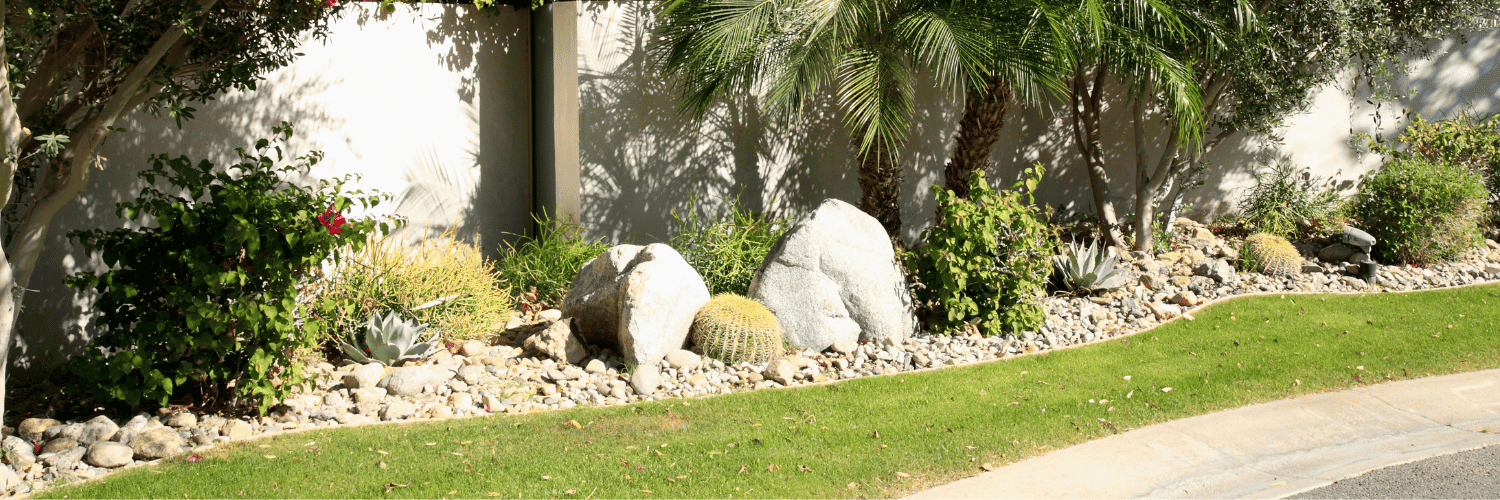
Having a lush, green lawn in Phoenix, AZ, is a unique challenge due to its extreme heat and arid conditions. For homeowners in this desert metro area, a vibrant outdoor lawn requires specialized knowledge and practices. This guide is your roadmap to navigating the peculiarities of desert lawn care, ensuring your grass thrives despite the harsh climate.
We’ll cover:
- The best grass types for Phoenix’s climate.
- Efficient watering techniques to conserve water and keep your lawn green.
- Essential tools for maintaining a healthy desert lawn.
Lawn maintenance in Phoenix presents a set of challenges not found in more temperate regions. The hot, dry climate demands a strategic approach to lawn care, focusing on selecting the right type of grass, efficient water use, and adapting maintenance routines to suit extreme conditions. Understanding these challenges is the first step towards creating a lush, green space that can withstand the arid environment.
Seasonal lawn care in Phoenix differs significantly from that in cooler, wetter climates. Each season brings its own set of tasks, from protecting your lawn from the scorching summer heat to preparing it for dormancy in the cooler months. A seasonal approach ensures that your lawn receives the care it needs to remain healthy and vibrant year-round.
Best Grass Types for Hot, Dry Climates
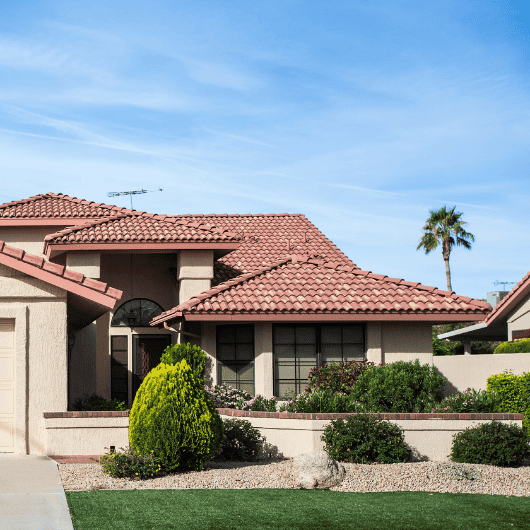
Benefits of Native and Drought-Resistant Grass Varieties
Native and drought-resistant grasses offer significant advantages in Phoenix’s desert environment. These varieties are adapted to survive with less water, reducing the need for frequent irrigation—a critical factor in a region where water conservation is essential. Additionally, these grasses are generally more resistant to local pests and diseases, minimizing the need for chemical treatments and further supporting a healthy, sustainable lawn ecosystem.
Tips for Planting and Establishing New Lawns
Establishing a new lawn in Phoenix requires careful planning and execution. The best time to plant depends on the type of grass chosen, with warm-season varieties typically planted in late spring or early summer. Soil preparation and fertilization is key to promoting healthy root growth. Proper watering immediately after planting is crucial for establishment, but it’s also important to gradually reduce watering frequency to encourage deep root development, enhancing the lawn’s drought resistance.
Water-Efficient Lawn Care Strategies
A lush, green lawn amidst Phoenix’s arid landscape is possible if you use water-efficient lawn care strategies. Efficient irrigation techniques, such as the use of drip irrigation or soaker hoses, are pivotal in directing water straight to the roots of your lawn, and by minimizing waste through evaporation by choosing optimal watering times. Complementing this, mulching acts as a critical ally in moisture retention, creating a barrier that curtails evaporation while simultaneously cooling the soil. Moreover, the strategic timing of watering sessions during the cooler parts of the day maximizes water absorption and efficiency, ensuring that every drop serves its purpose. Together, these methods form a robust framework for sustaining a vibrant lawn that champions both beauty and environmental stewardship.
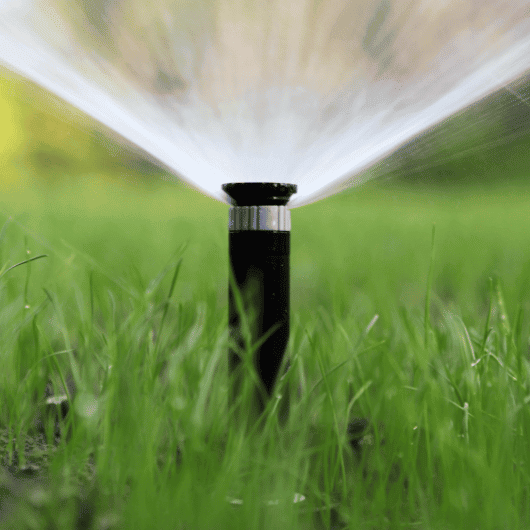
Irrigation Techniques for Conserving Water
In Phoenix, where there are often droughts and water is a precious commodity, efficient irrigation important for responsible lawn care. Adopting techniques such as drip irrigation or soaker hoses can significantly reduce water usage by delivering moisture directly to the roots, where it’s needed most. Additionally, timing irrigation for the coolest hours in the early morning or late evening minimizes evaporation, ensuring that your lawn receives the full benefit of every drop of water. These strategies can lead to a healthy lawn that is both lush and water-efficient.
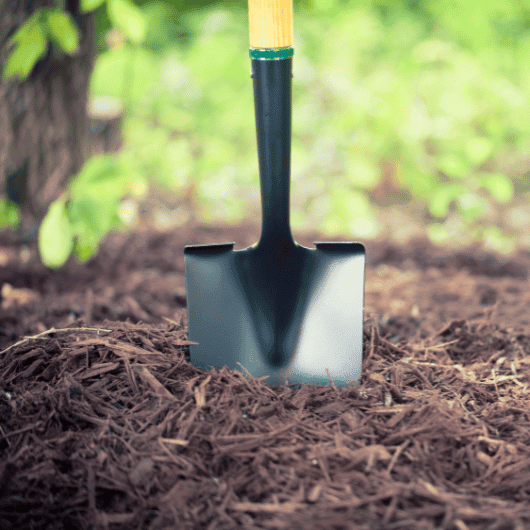
The Role of Mulching in Retaining Soil Moisture
Mulching is an often-overlooked aspect of water-efficient lawn care that can significantly impact soil moisture retention. By applying a layer of organic mulch to your lawn, you create a barrier that reduces water evaporation from the soil surface, keeping the roots moist for longer periods. This technique not only conserves water but also moderates soil temperature, further contributing to the health of your lawn. Using mulch around trees and in garden beds can complement your lawn’s moisture management, creating a cohesive, water-efficient landscape design.
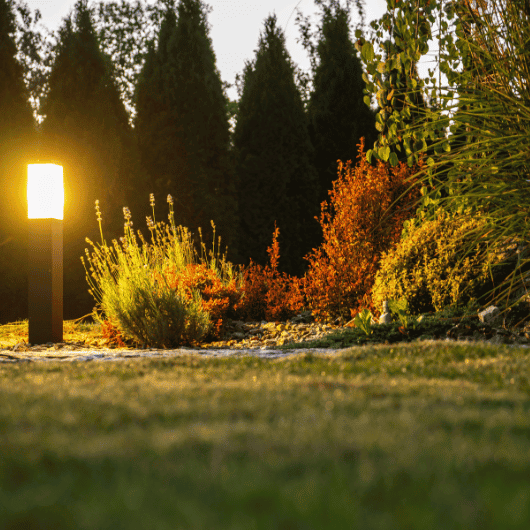
Best Times to Water Your Lawn
The timing of watering is just as important as the method. In Phoenix’s hot climate, watering during the coolest parts of the day—typically early morning, but also late evening—prevents water loss to evaporation and allows the soil to absorb moisture more effectively. This practice ensures that the water reaches the roots and doesn’t simply evaporate before it can benefit the grass. Adapting your watering schedule to the seasons and current weather conditions is also crucial for maximizing efficiency and supporting your lawn’s health.
Incorporating these water-efficient lawn care strategies is essential for maintaining a vibrant lawn in Phoenix’s arid climate. By carefully managing irrigation, optimizing watering times, and utilizing mulching, homeowners can cultivate a lush, green lawn that reflects their commitment to sustainability and conservation.
Next, we’ll explore specific maintenance tips for summer lawn care, a critical period for desert lawns, to ensure they remain healthy and vibrant even in the most challenging conditions.
Summer Lawn Maintenance in Phoenix
Navigating the summer months in Phoenix requires a nuanced approach to lawn maintenance, focusing on mitigating the stress imposed by extreme heat and dry conditions. Adjusting mowing practices by maintaining slightly longer grass blades shields the soil from the intense sun, aiding in moisture retention and root protection. Your vigilance in identifying and managing pests and diseases, which all love your warm lawn, is crucial for preventing outbreaks that can compromise lawn health. The practice of soil aeration emerges as a vital yet often neglected task, enhancing the lawn’s ability to absorb essential nutrients and water, thus bolstering its resilience against drought and heat. Embracing these strategies equips homeowners with the tools to sustain their lawns’ health and vibrancy throughout the challenging summer season, setting the stage for comprehensive year-round care.
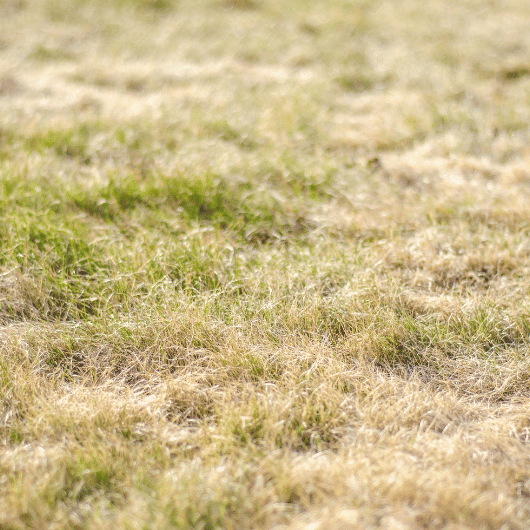
Adjusting Mowing Practices for Summer Stress
Summer in Phoenix tests the resilience of any lawn with extreme heat and prolonged dry spells. Adjusting mowing practices during this time is crucial for reducing stress on your grass. Keeping the grass blades slightly longer can protect the soil from direct sunlight, reducing moisture loss and helping roots stay cool and hydrated. It’s recommended to set your mower to leave grass at least 2.5 to 3 inches tall. Additionally, ensuring mower blades are sharp will prevent tearing, which can further stress and dehydrate your lawn.
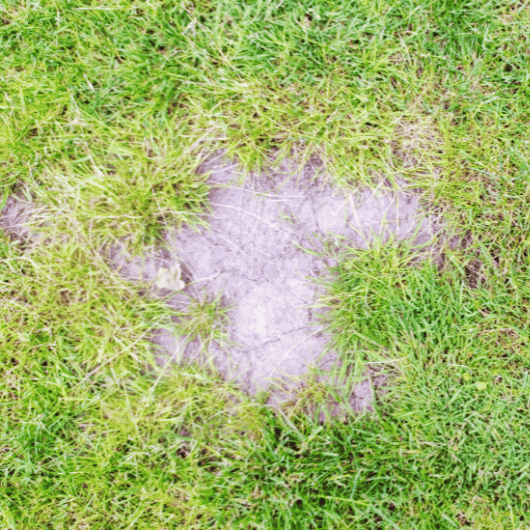
Dealing with Pests and Diseases Common in Hot Climates
The warm climate of Phoenix not only stresses lawns but can also encourage the proliferation of certain pests and diseases. Regular monitoring and early identification are key to managing these issues effectively. For instance, grubs and other soil pests can be controlled through timely interventions, such as applying nematodes or other eco-friendly pest control measures. Fungal diseases, which thrive in warm, moist conditions, require careful watering practices to prevent. If signs of disease appear, treating with appropriate fungicides, preferably organic, can mitigate damage.
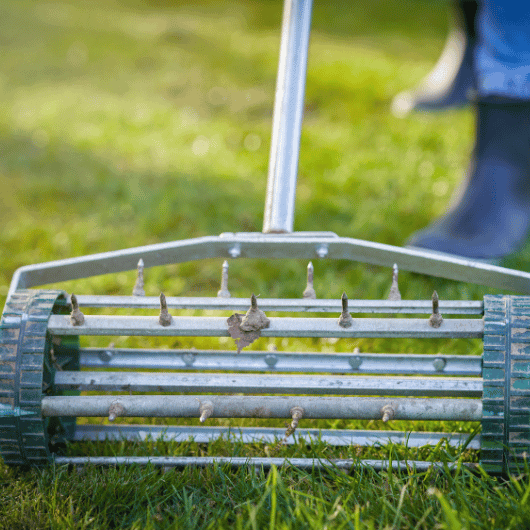
Importance of Soil Aeration in Arid Conditions
Soil aeration is a critical, yet often overlooked, aspect of summer lawn care in Phoenix. Aerating your lawn helps relieve soil compaction, allowing water, oxygen, and nutrients to penetrate more deeply into the ground and reach the roots of your grass. For lawns in arid environments, aeration can facilitate deeper root growth, enhancing the lawn’s drought tolerance and overall health. Performing aeration during the milder conditions of late spring or early fall can prepare your lawn to better withstand the harsh summer months.
Summer lawn maintenance in Phoenix demands a thoughtful approach tailored to the challenges of extreme heat and dryness. By adjusting mowing practices, vigilantly managing pests and diseases, and ensuring the soil is well-aerated, homeowners can help their lawns navigate the stress of summer, maintaining a healthy, vibrant appearance. As we move forward, the guide will offer year-round lawn care tips, providing strategies to keep your Phoenix lawn looking its best through every season.
Year-Round Lawn Care Tips for Phoenix
Adapting your year-round lawn care to the rhythm of Phoenix’s seasons is much easier outside of the summer months.. In spring, leveraging the milder weather for lawn preparation sets a strong foundation for summer’s heat, where you should focus on soil health and overseeding to promote root depth and lawn density. Transitioning into fall, the introduction of cool-season grasses through overseeding ensures continued greenery, even as temperatures drop and warm-season grasses recede. Winter’s approach shifts the focus to maintenance, reducing watering and mowing frequencies to match the lawn’s dormant state, while also providing an opportunity for equipment care. This cyclical approach to lawn care, mindful of Phoenix’s unique climate, ensures that your lawn remains a resilient and flourishing oasis year-round, ready to withstand the desert’s challenges and showcase its beauty.
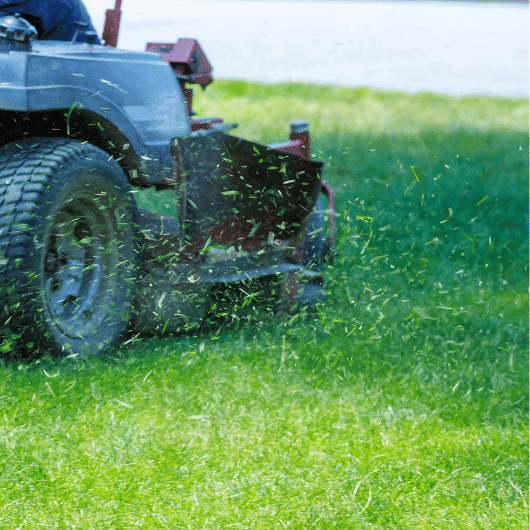
Spring:
Preparing Your Lawn for the Heat
The mild temperatures of spring in Phoenix offer a crucial window for lawn preparation before the onset of summer heat. This is the time to focus on strengthening your lawn’s roots for the challenges ahead. Begin with a thorough cleanup to remove any debris, thatch, or dead grass that accumulated over the cooler months. Early spring is also ideal for testing your soil’s pH and nutrient levels, adjusting as necessary to ensure optimal growth conditions. Additionally, overseeding with warm-season grasses can help fill in bare spots and enhance the density of your lawn, providing natural shade for the soil.
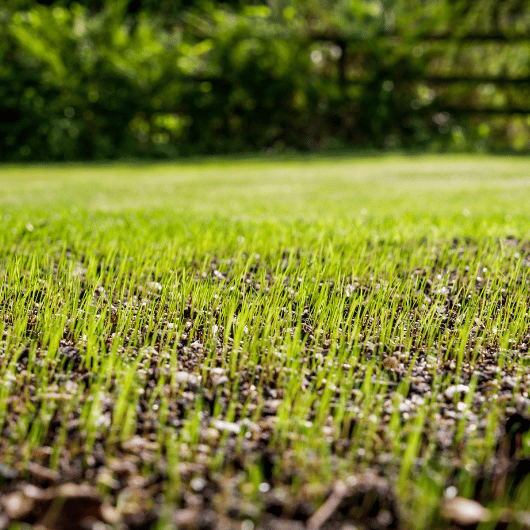
Fall:
Overseeding with Cool-Season Grasses for Year-Round Green
As the intense heat of summer begins to wane, fall presents an opportunity to introduce cool-season grasses through overseeding. This practice can ensure your lawn remains green and vibrant even as warm-season grasses enter dormancy. Selecting the right cool-season grass variety that can tolerate Phoenix’s milder winters is key. Rye grass, for example, can provide a lush, green surface through the winter months. Proper preparation, including aeration and light fertilization, will support the successful establishment of the overseeded grass.
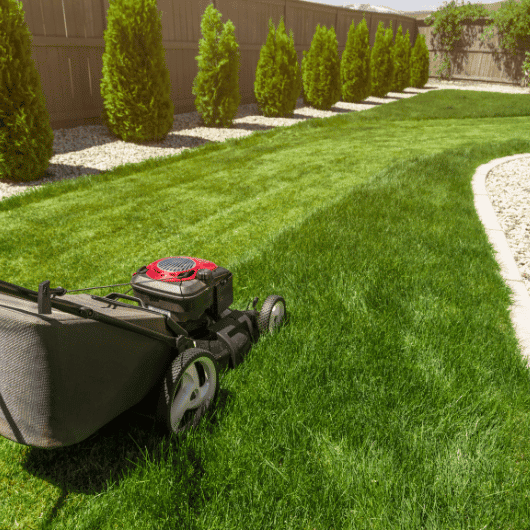
Winter:
Minimal Maintenance for Dormant Lawns
Winter in Phoenix is relatively mild, but your lawn may still go dormant, especially if it consists primarily of warm-season grasses. During this period, maintenance is minimal but important. Watering should be reduced significantly, but not eliminated, to prevent the soil from drying out completely. Occasional mowing may still be necessary to maintain a neat appearance, but the frequency and height will be much less than in the growing season. This is also an excellent time to service your lawn care equipment, ensuring everything is in top condition for the spring.
Caring for a lawn in Phoenix requires an understanding of the seasonal rhythms and unique challenges of the desert climate. By tailoring lawn care practices to each part of the year, you can ensure your lawn not only survives but thrives, offering a beautiful and resilient outdoor space. Next, we’ll explore the essential tools every Phoenix homeowner should have in their arsenal for maintaining a healthy desert lawn.
The Best Tools for Maintaining a Desert Lawn
Maintaining a healthy lawn in the challenging conditions of the Phoenix heat requires not only knowledge and dedication but also the right set of tools. Each tool plays a pivotal role in facilitating efficient, water-wise lawn care and ensuring your grass remains vibrant even under the desert sun.
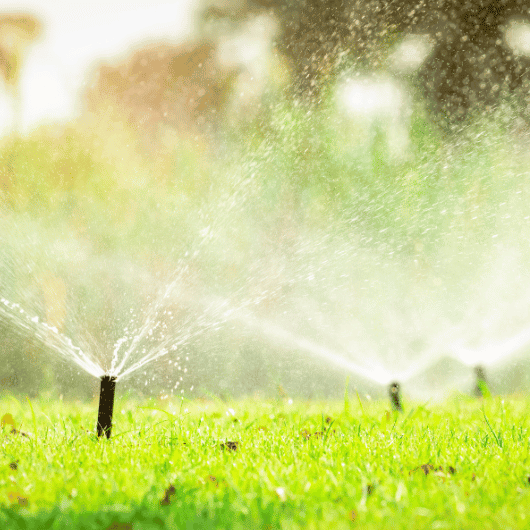
Irrigation Systems
A robust irrigation system is arguably the most critical component for a desert lawn. Drip irrigation systems and soaker hoses are highly recommended for their efficiency in delivering water directly to the roots with minimal waste. Equipping these systems with a timer can further enhance water conservation by ensuring watering occurs during the optimal times, typically in the early morning or late evening. Smart irrigation controllers, which adjust watering schedules based on weather conditions, offer an advanced solution for maximizing efficiency and minimizing water use.
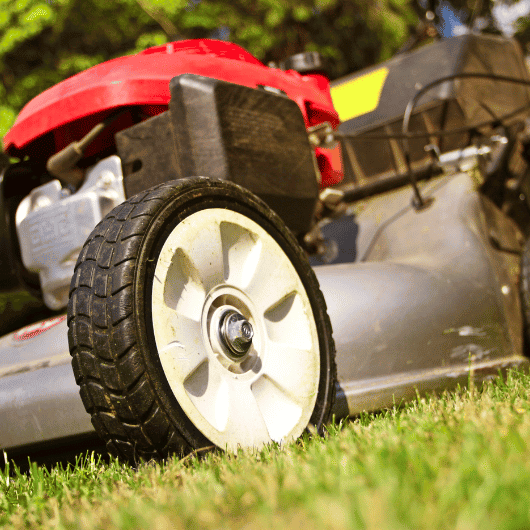
Lawn Mowers
The right lawn mower can make a significant difference in the health and appearance of your lawn. For Phoenix homeowners, models with adjustable height settings are essential to adapt to the changing needs of the lawn across seasons, allowing for longer grass in the summer to shade the soil. Additionally, choosing a mower with sharp, durable blades ensures clean cuts that promote healthy grass growth and reduce stress on the lawn.
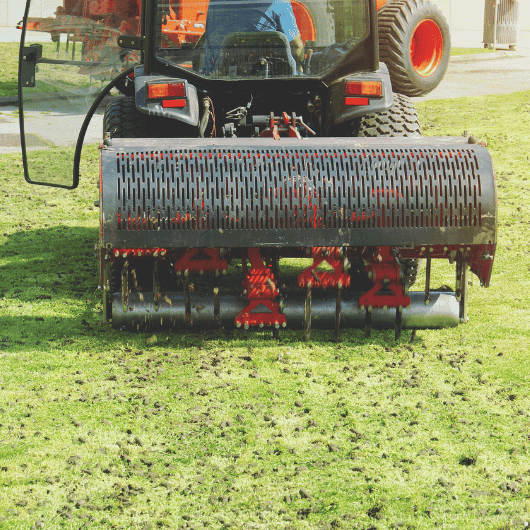
Aerators
Aerators are another crucial tool for desert lawn care, helping to combat soil compaction that often occurs in dry conditions. Core aerators, which remove small plugs of soil, are particularly effective in improving water, nutrient, and air penetration to the grass roots. Using an aerator at least once a year, ideally during a milder season like spring or fall, can significantly enhance your lawn’s resilience and overall health.
Equipped with the right irrigation system, lawn mower, and aerator, homeowners in Phoenix can confidently tackle the unique challenges of desert lawn maintenance. By investing in these essential tools, you ensure your lawn has the support it needs to thrive in the arid climate, conserving water while maintaining a lush, green appearance.
There you have it – we’ve explored the best practices, seasonal tips, and essential tools for maintaining a vibrant lawn in the desert. The journey to a beautiful lawn in such a challenging environment may seem daunting, but with the right approach and equipment, it’s entirely achievable. For those interested in further enhancing their outdoor space with minimal water use, exploring the principles of xeriscaping could be a rewarding next step. This landscaping method emphasizes water efficiency and can complement your lush lawn with stunning, drought-resistant plantings for a truly resilient and beautiful desert garden.
